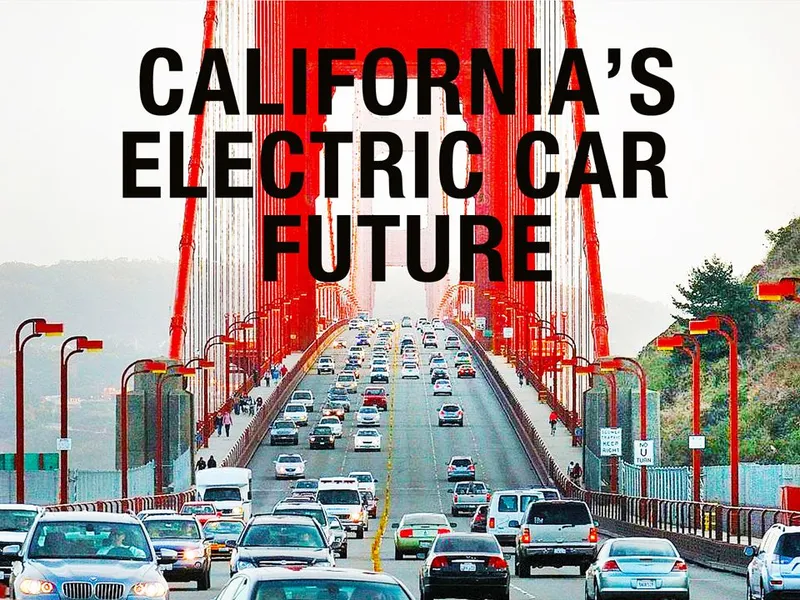
California's Electric-Car Future: The rest of the country could learn from the state's push for plug-in cars, buses, tractors, big rigs and the like.
Bloomberg.com: Nov 27, 2017
California’s energy future is visible in the underground garage of a luxury condominium that rises behind the façade of a former San Francisco muffler shop. The parking spaces come equipped with charging stations for electric cars -- an amenity that, as of next year, the city will require.
The city law, which mandates that at least 10 percent of parking spaces in all new buildings be wired for car chargers, is just one way the state and local governments are pushing Californians to use emissions-free cars and trucks. How California’s strategies work is a question of interest far beyond America’s largest state.
Its experiments come in many forms and sizes. Electric car sharing programs are under way in low-income neighborhoods in Sacramento and Los Angeles, and free public chargers are springing up on streets and in parking garages. L.A. is leading a group of 30 cities in an effort to persuade automakers to build zero-emission police cruisers, street sweepers, buses and trash trucks.
The state government, for its part, is creating an array of incentives to get people, school districts and businesses to go electric: rebates and loan assistance for buyers of electric and hybrid cars (with more money available for low-income buyers); electric car sharing programs; clean vehicles for farm-worker van pools; electric school buses, and vouchers to help businesses buy trucks, tractors, bulldozers, forklifts -- whatever kind of mobile machinery they use.
California’s cap and trade program, which puts a rising price on greenhouse-gas emissions, is a crucial part of its plan. Not only has the program modestly raised the price of gasoline, making electric cars marginally more competitive, it helps pay for the aforementioned experiments. Proceeds from the program’s emissions permit auctions raise almost $2 billion a year.
The state’s goal -- 1.5 million zero-emissions vehicles by 2025 -- still seems distant. There are only about 340,000 electric cars in the state right now, bought over the last six years, and Californians already buy almost half of all electric cars sold in the U.S. Having pledged to lower its greenhouse-gas emissions 40 percent by 2030, however -- the greatest share of which come from car and truck tailpipes -- California is trying almost everything.
It’s not surprising that the effort is most pronounced in urban areas. That’s where pollution is greater (six of the 10 most polluted cities in the U.S. are in California) and political support for climate policy is stronger (Los Angeles’s and San Francisco’s plans to reduce greenhouse gas emissions are more aggressive than the state’s).
There are a few things California has yet to try to drive gasoline-fueled cars off the road. Governor Jerry Brown recently raised the possibility of simply banning the sale of them -- as China, France and the U.K. all have pledged to do in coming decades. Such a step might be necessary someday, and not just in a single state, to avert ecological disaster. In the meantime, California is helping the rest of the U.S. figure out what works -- one parking spot at a time.
https://www.bloomberg.com/view/articles/2017-11-27/california-s-electric-car-future
Recent Posts
- The 2022 Audi Q4 e-Tron SUV combines performance, practicality and luxury
- Ford's 2022 F150 Lightning All-Electric Truck is in high demand
- Legendary Audi performance is at the heart of the 2022 Audi e-tron GT and its RS sibling.
- Meet the Lexus RZ 450e – the luxury brand’s 1st EV
- The 2022 GV60 is Genesis’ first all-electric vehicle

